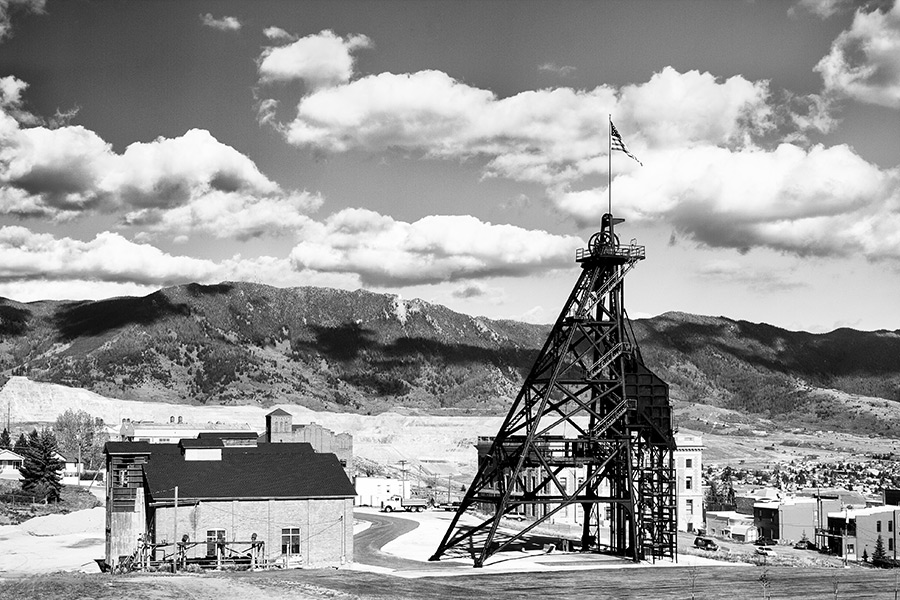Boomtowns are a major part of Montana’s history, having served as extremely powerful magnets for new settlers before the land was declared a state, or even a territory.
These towns went up quickly and were deserted with nearly the same speed once the natural resource of choice – usually gold in the earliest cases – was tapped out.
This boom-and-bust cycle has occurred in most corners of the state, and with the Bakken oil fields in eastern Montana and North Dakota currently drawing thousands to seek their fortune in black gold, only time will tell if the historic bust is on its way.
Miners started flooding Montana and Idaho in the 1860s on a gold rush, focusing mostly on Bannack City and Virginia City, which both became incorporated towns in 1864.
So many miners were drawn to Virginia City that it became the capital of the territory, and, according to the Virginia City Preservation Alliance, the boomtown had the first newspaper, first public school, and first meeting of the Montana Historical Society.
By 1875, most of the mines had dried up, taking the population with it, though more quartz mining would take place in earnest from 1898 to 1937.
According to the Montana Historical Society, the miners started moving outward, claiming new mining territories and setting up a primitive form of government: mining claims were governed by mining territories, which set up rules for claiming land and recording those claims.
In Northwest Montana, Libby drew miners in the 1860s, and the railroad made it there by 1892. Libby was incorporated as a town in 1909, and nearby Troy was incorporated eight years later.
Butte is one of the most notable boomtowns in Montana’s history, when “the richest hill on Earth” drew a multitude of miners to its copper ore. The city’s saloons and red-light district also drew many miners from around the region.
The settlement’s population was 40 men and five women in 1866, and it exploded to 14,000 people by 1885, and 41,000 by 1910. The copper pulled from Butte was critical for laying telegraph, telephone and electric lines throughout America, and it brought in money from magnates like the Hearsts and Rockefellers.
Labor unions first cropped up in Anaconda in 1897, and Butte would eventually earn the nickname “the Gibraltar of Unionism” because the unions were so organized.
Copper money also crowned Marcus Daly and William A. Clark as royalty of sorts, and they were known as the Copper Kings. Their influence was felt from the ground up, with Clark eventually being elected as a U.S. Senator in 1894. His choice of Helena as the state’s capital beat out Daly’s choice of Anaconda by less than 2,000 votes.
The money and power Daly and Clark used to fix elections eventually led to a 1912 law forbidding corporate political spending, which the U.S. Supreme Court overturned in 2012 with the Citizens United decision.
Prosperity in Butte flowed up through the 1950s, when the ore started running low and other mines started bringing competition. Census information shows the city’s population steadily decline from the 1950s until the 1980s, when it was boosted to over 37,000, but the decline continued afterward. The latest census information from 2010 counted 34,200 people in Butte.
In eastern Montana now, the Bakken boom has drawn thousands to the oil fields, increasing the population there and in North Dakota. In 2005, the population of Williston, North Dakota was 12,109. In 2013, it was 20,850.
America’s latest crop of pioneers are looking to strike it rich in the Bakken, and the formation will likely continue to produce oil for years to come.
